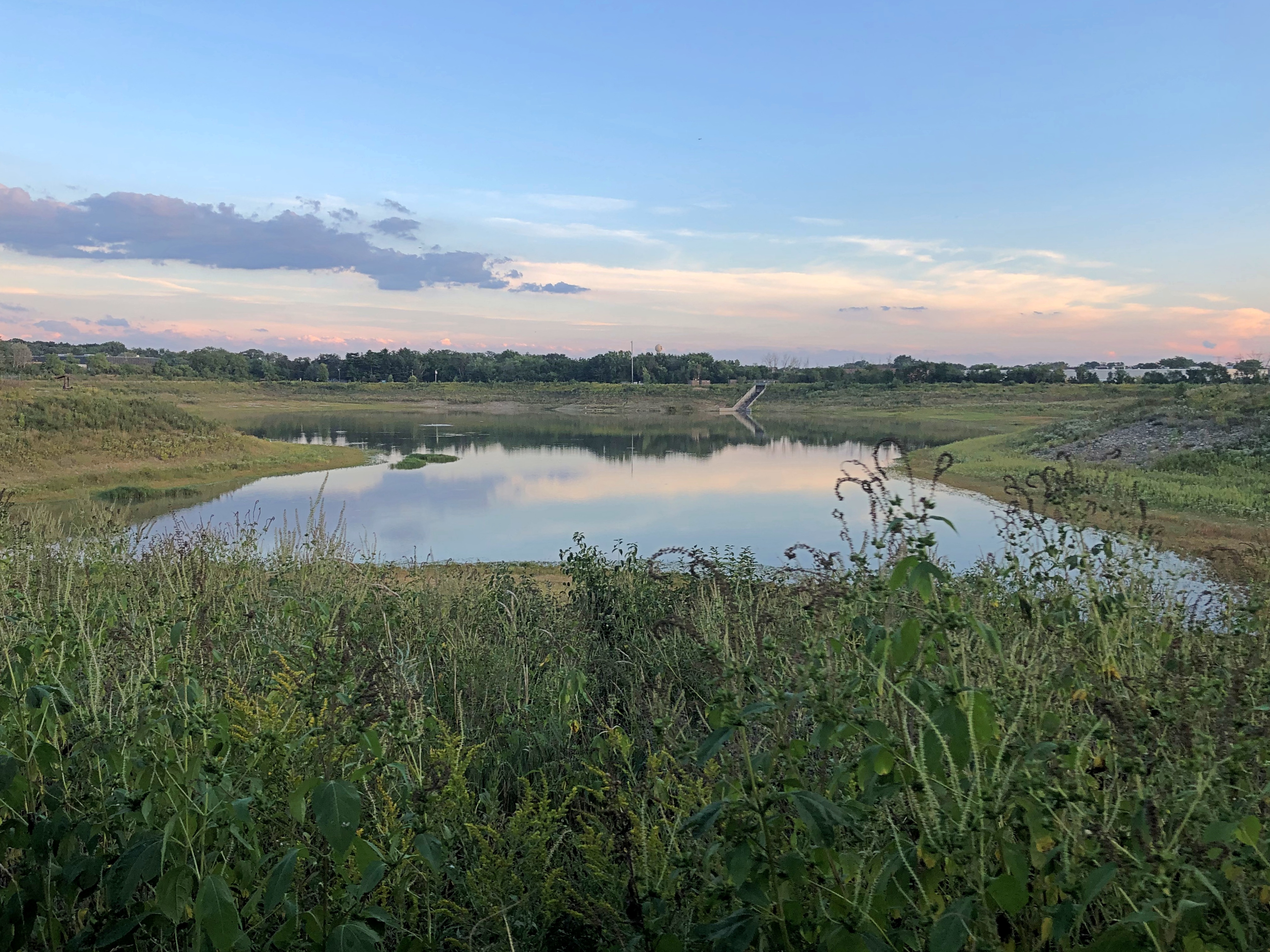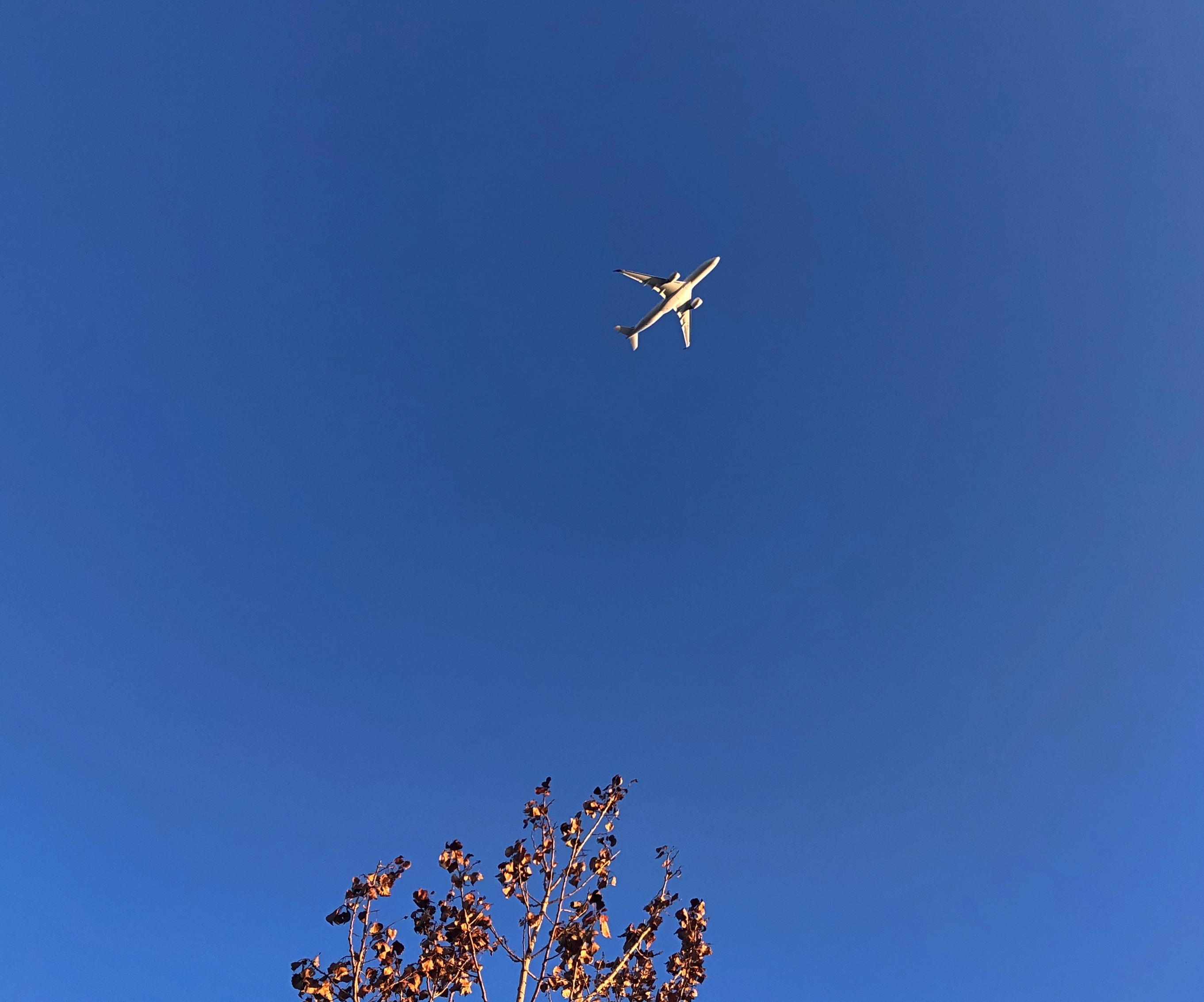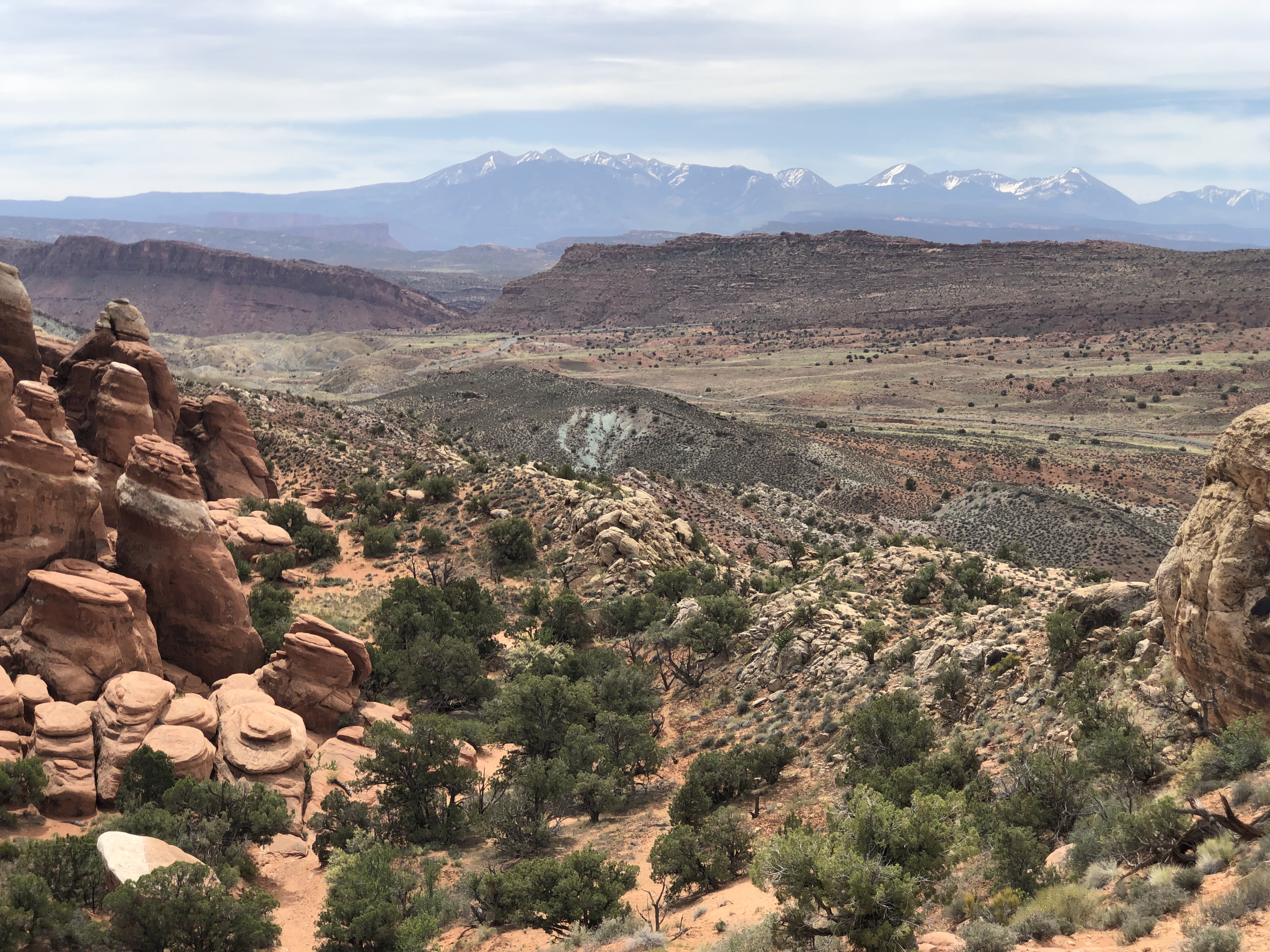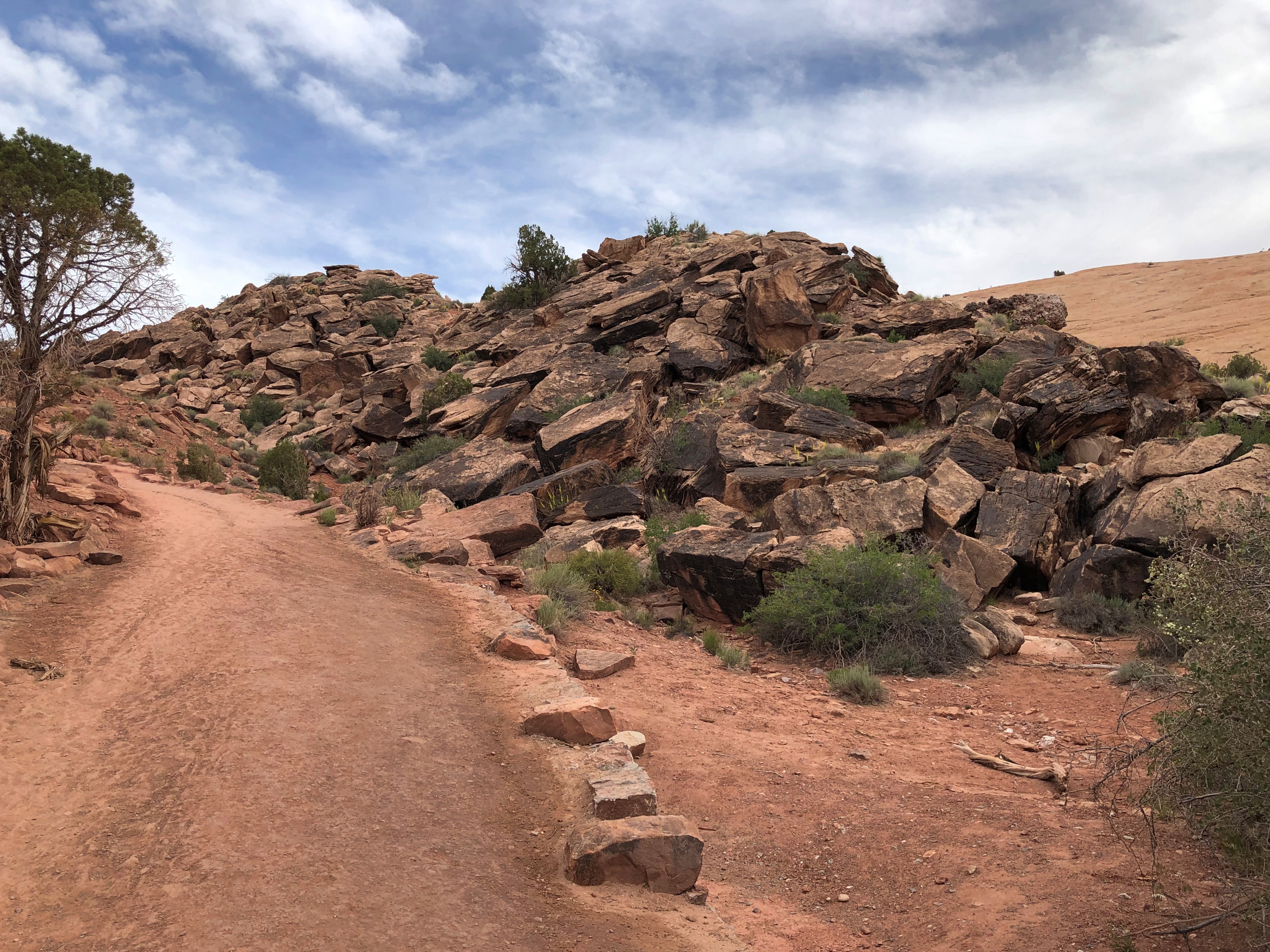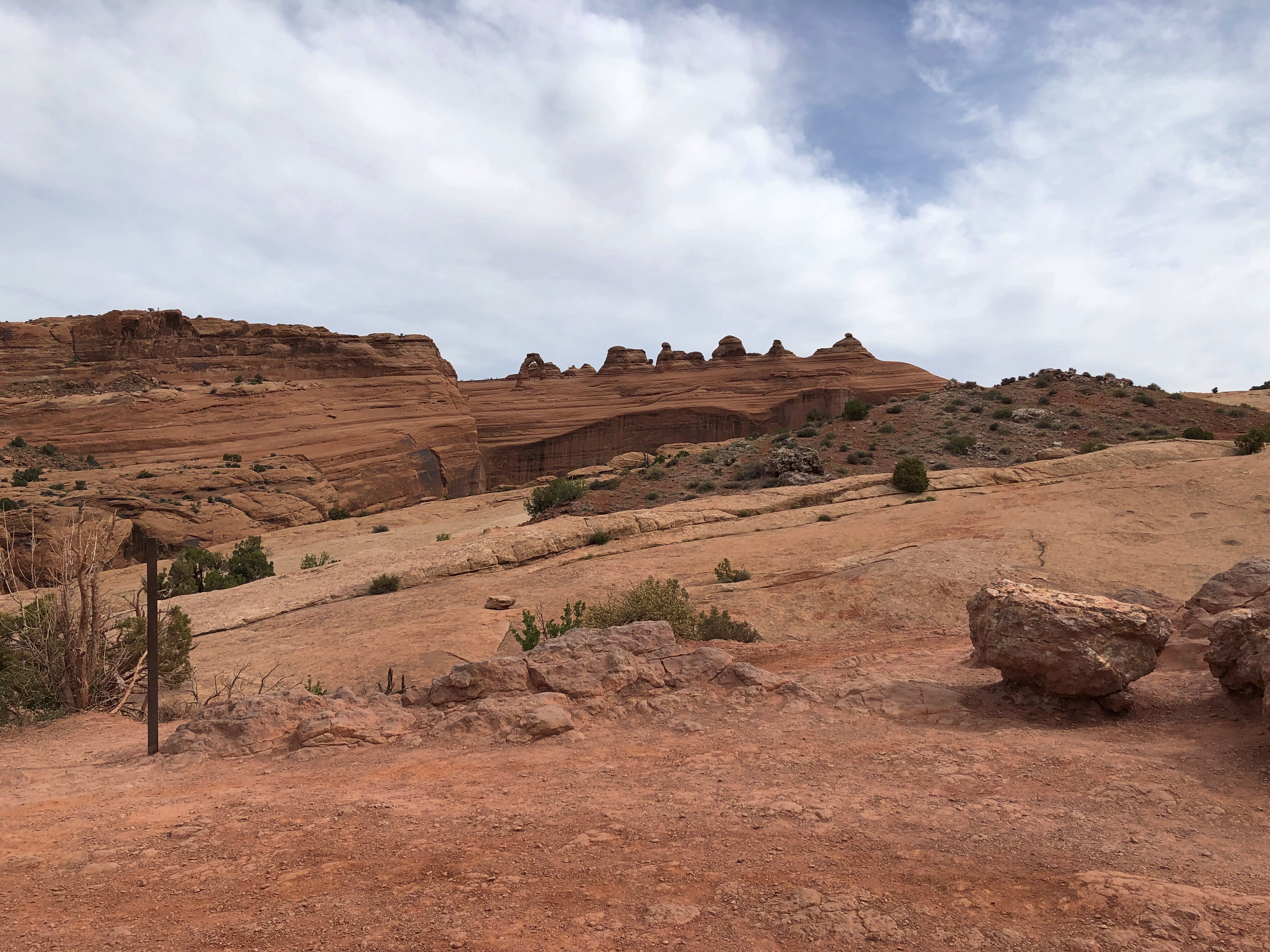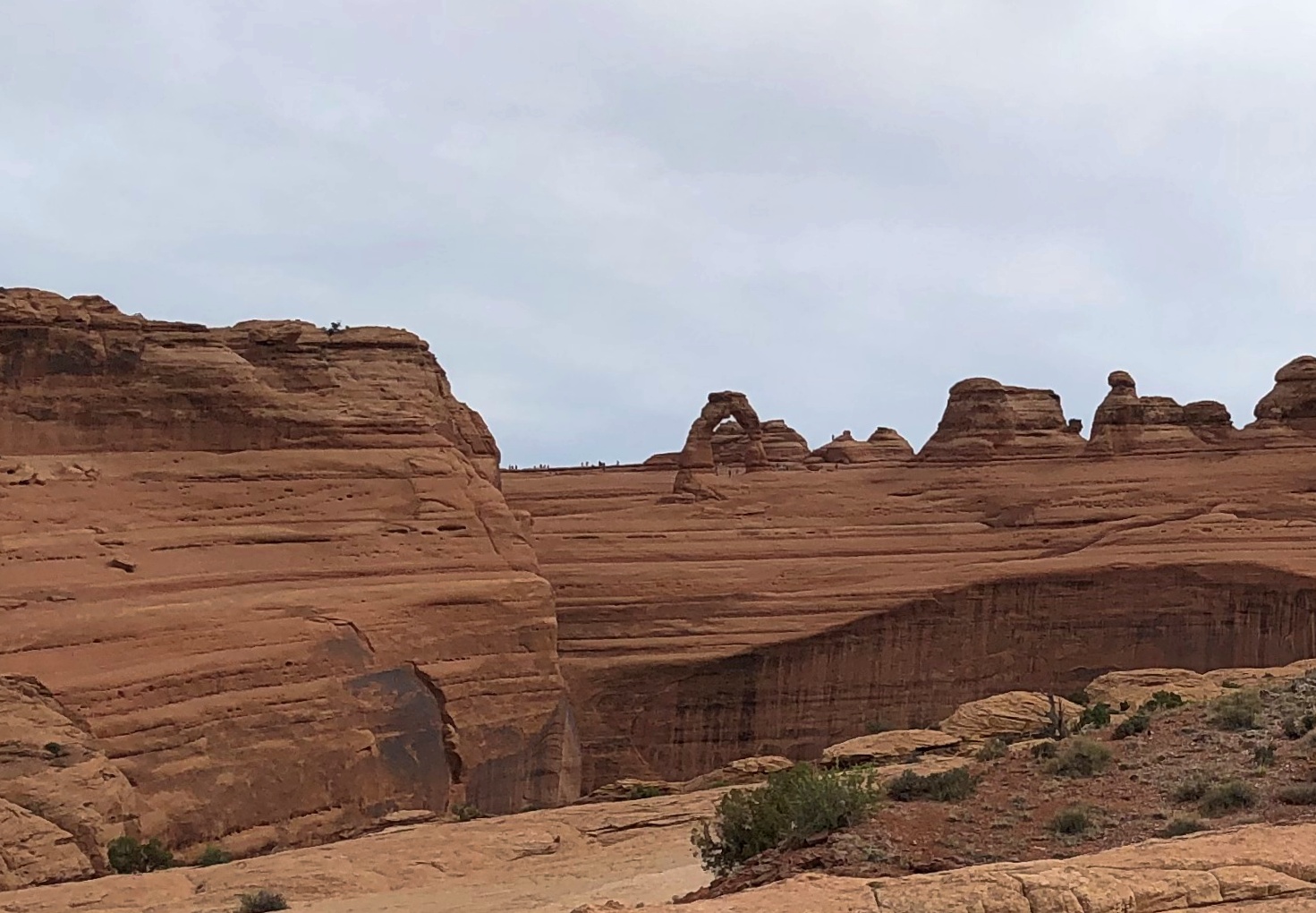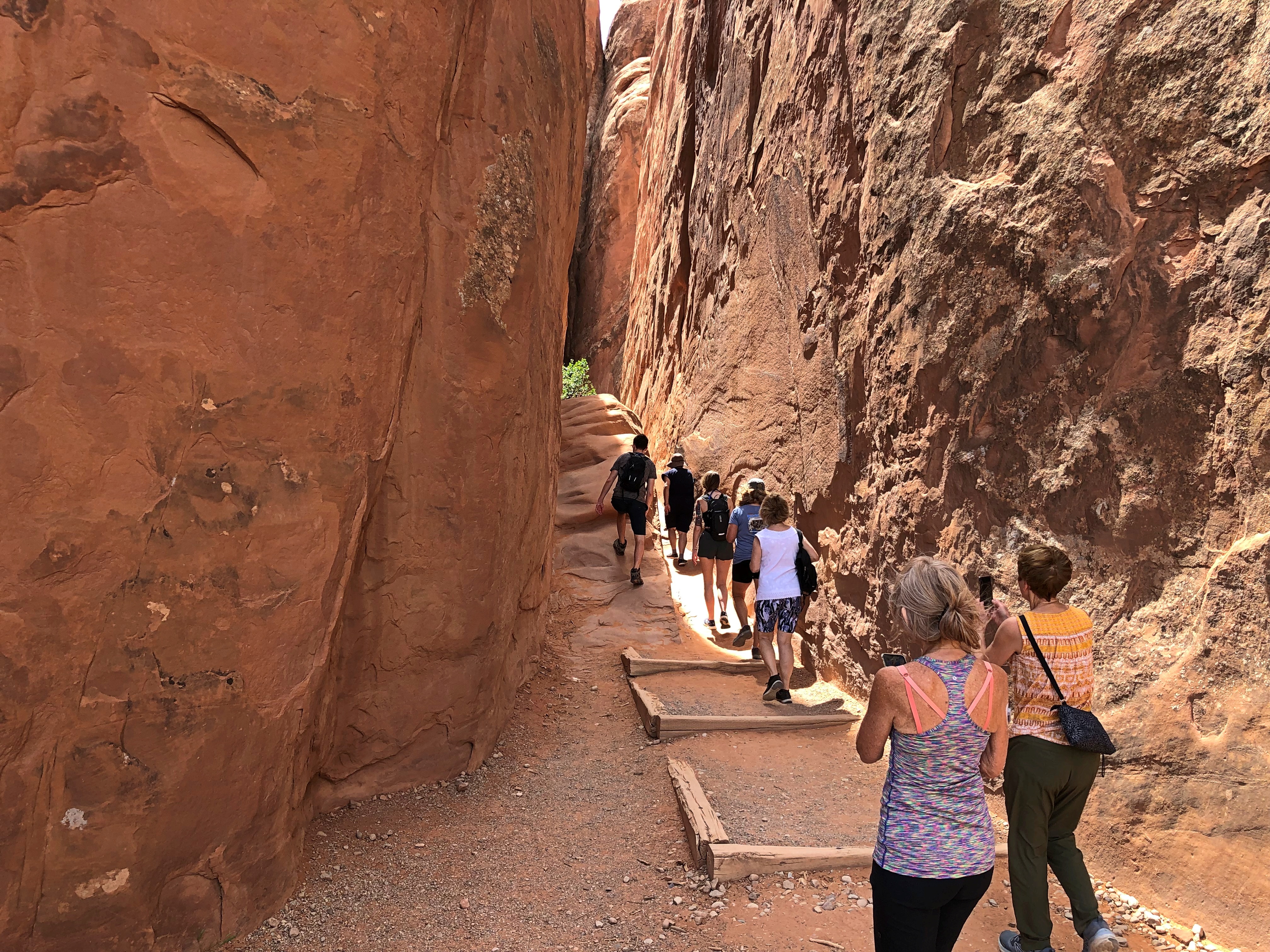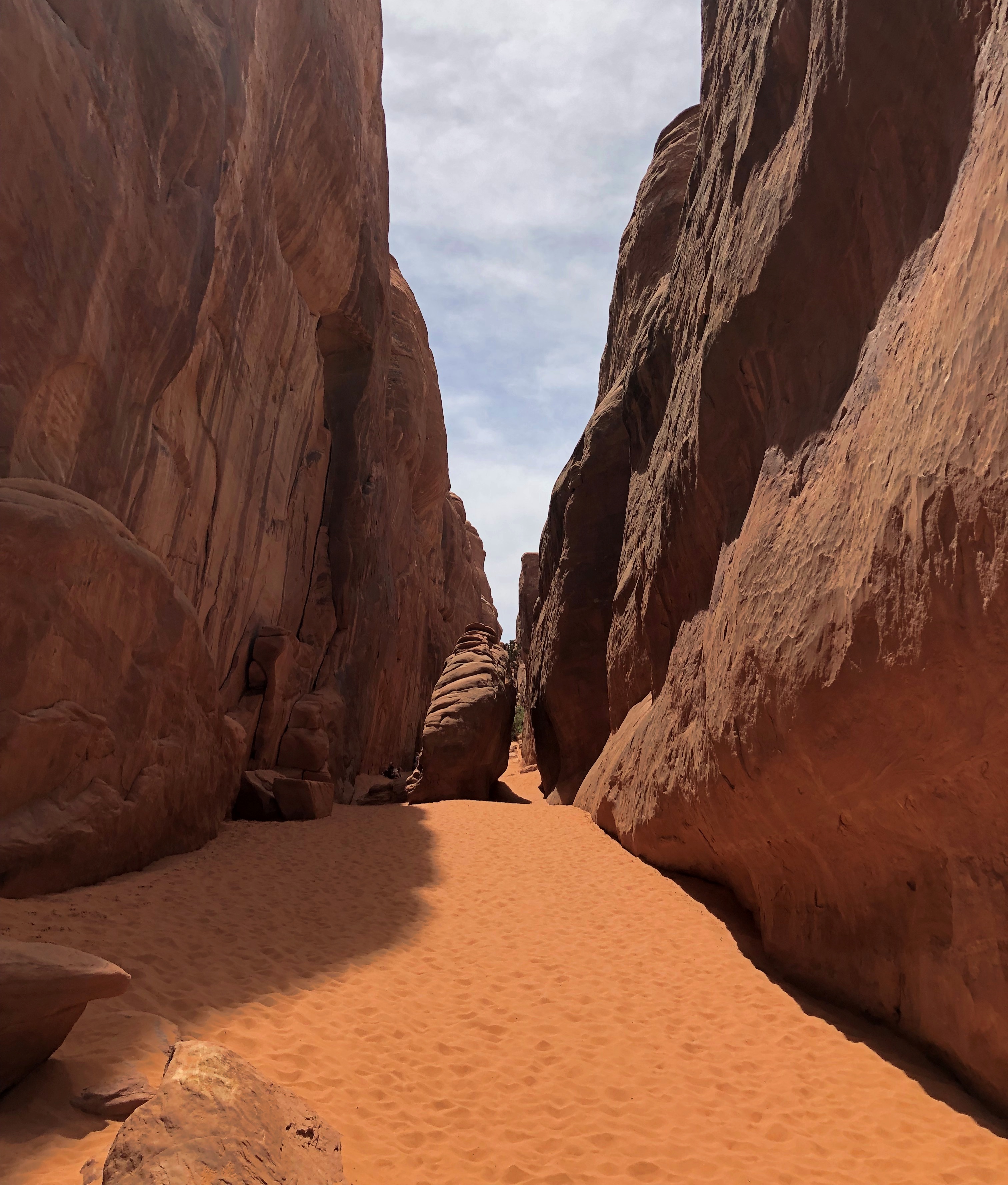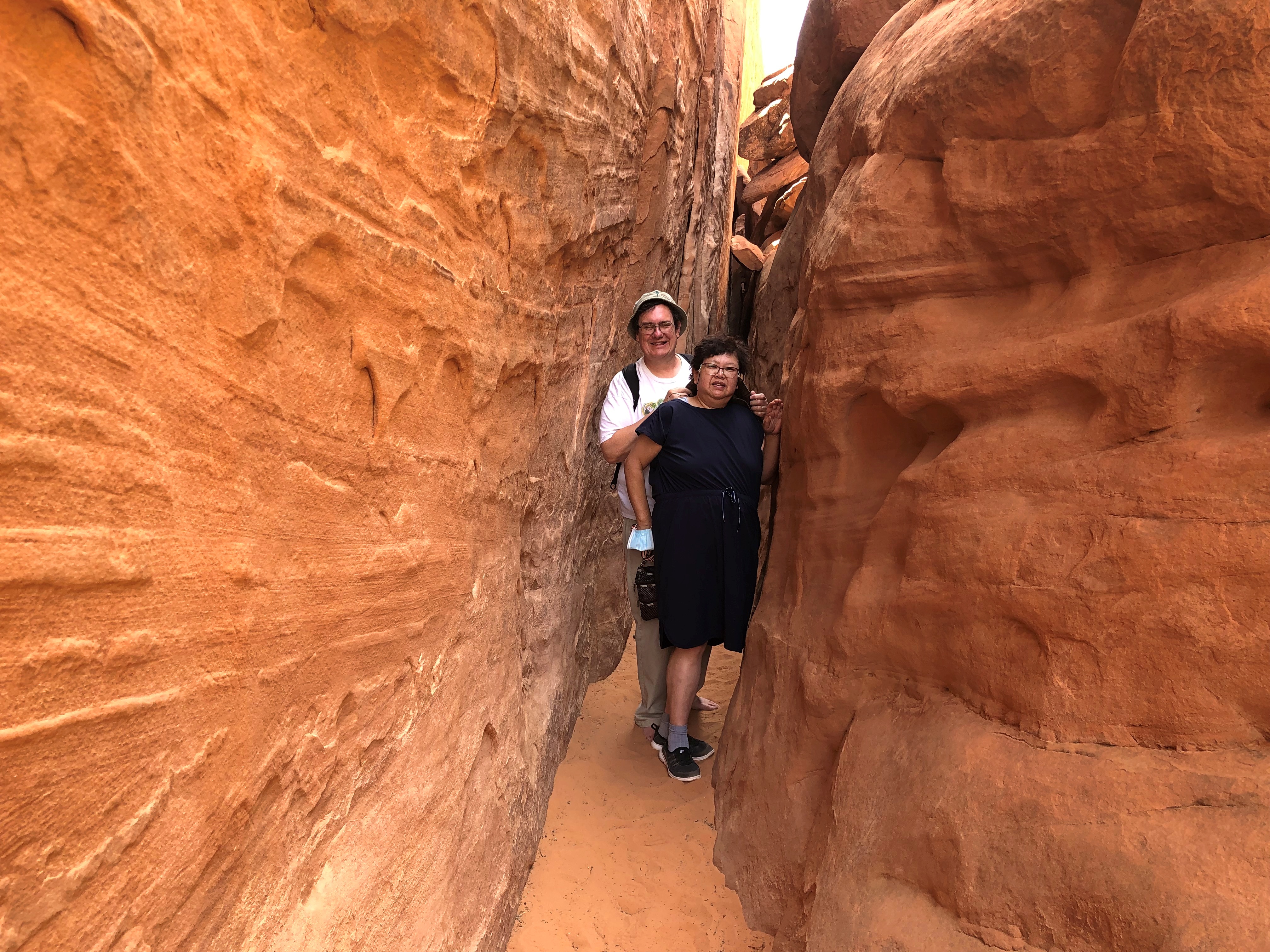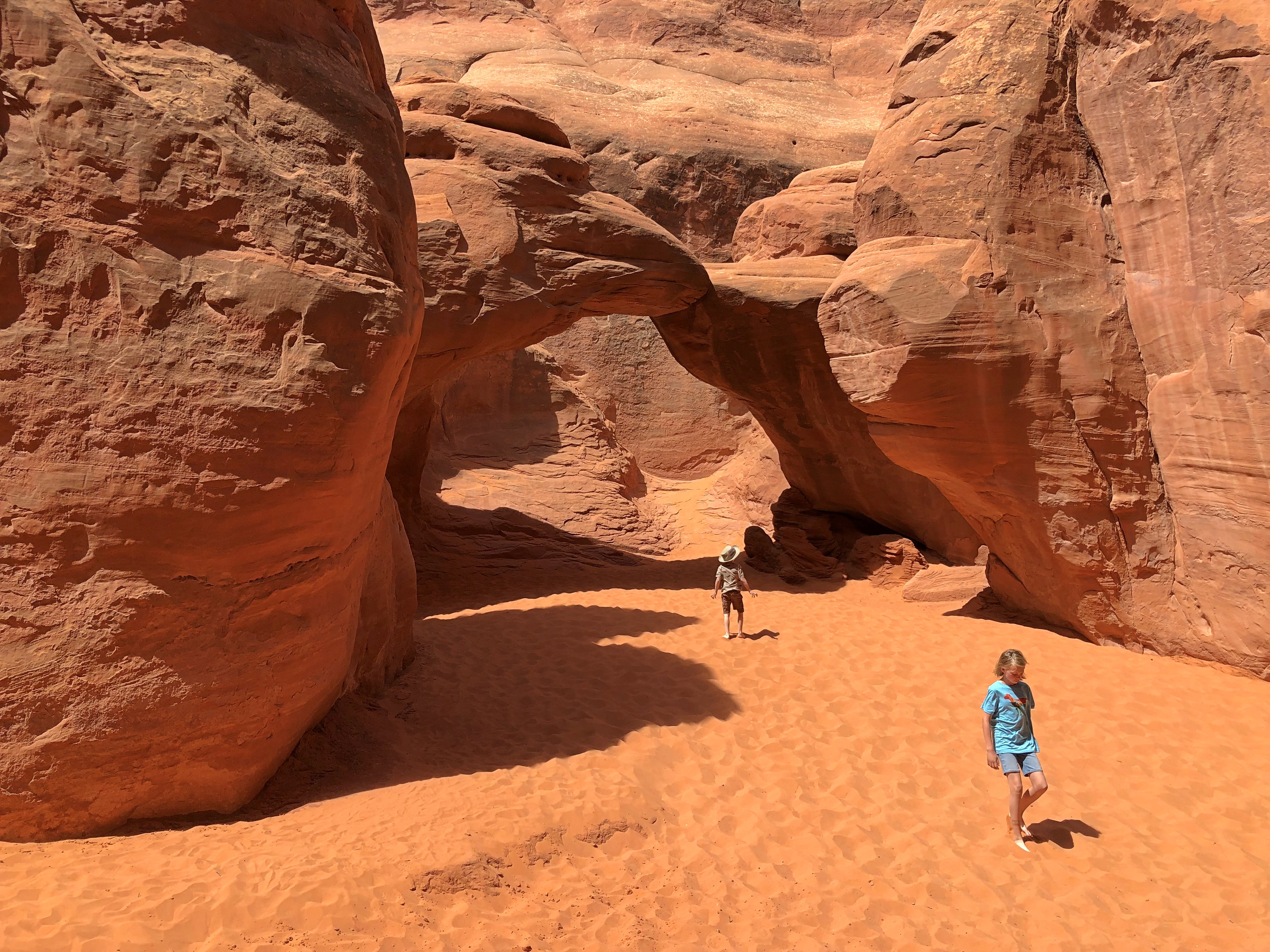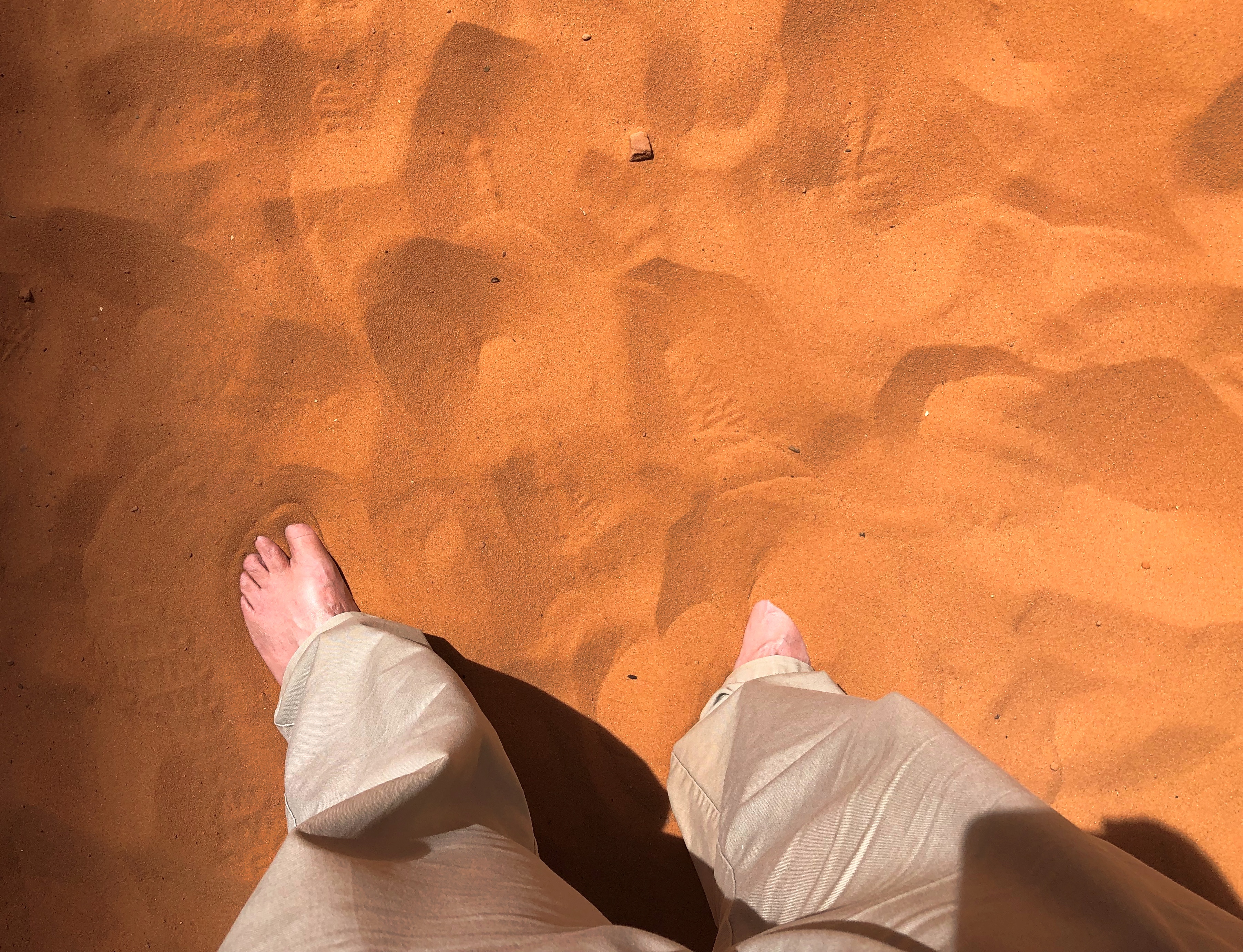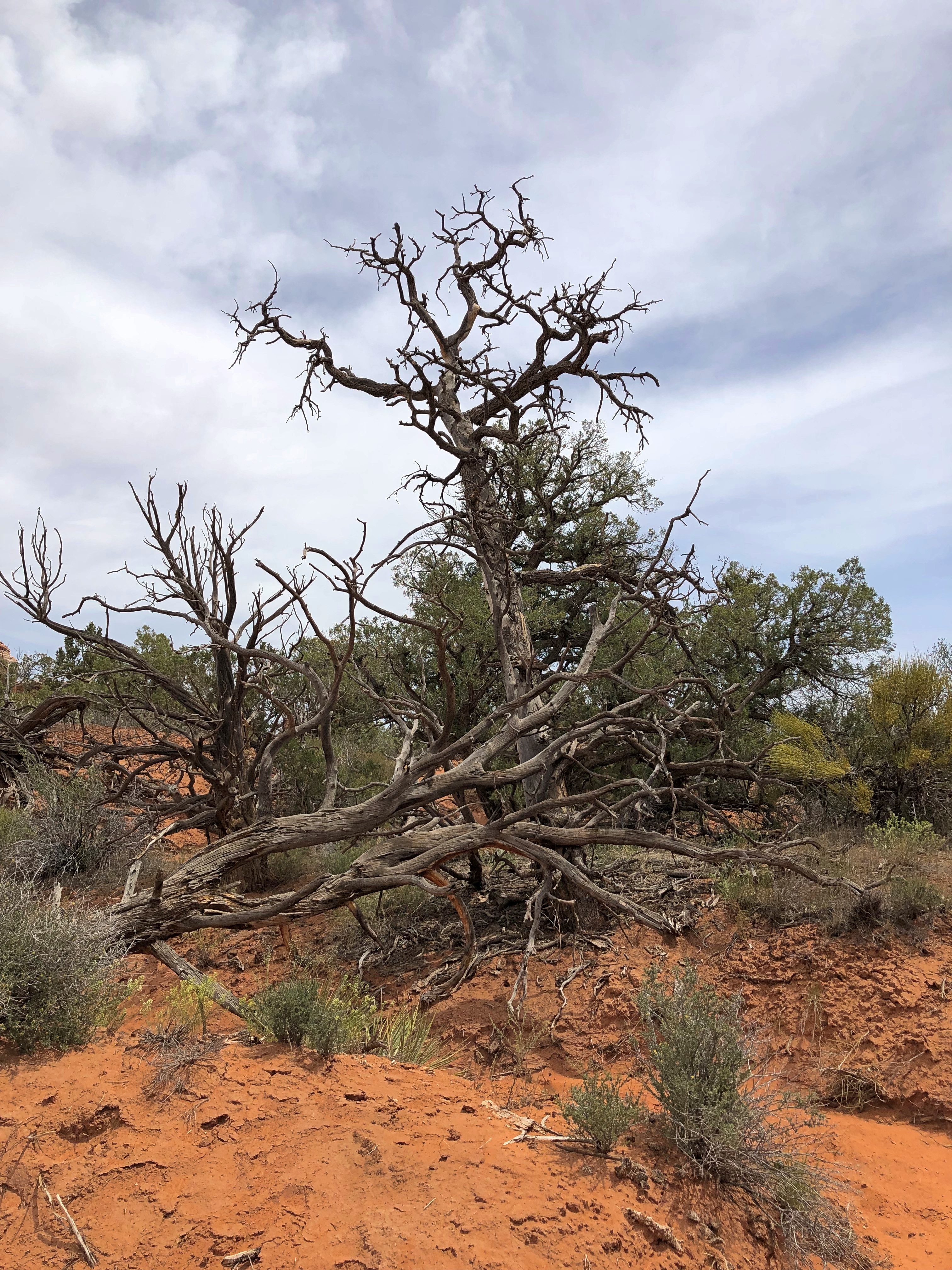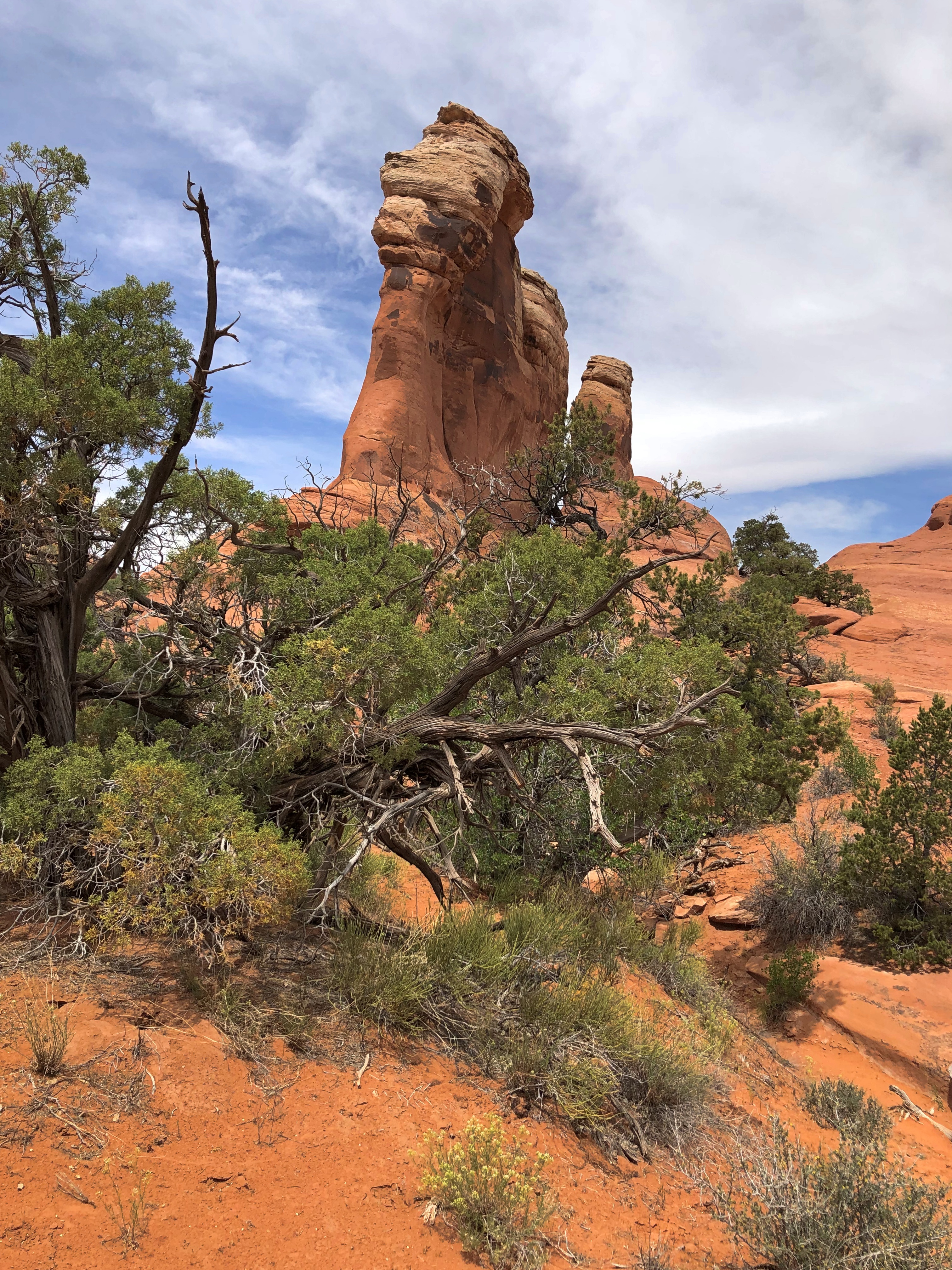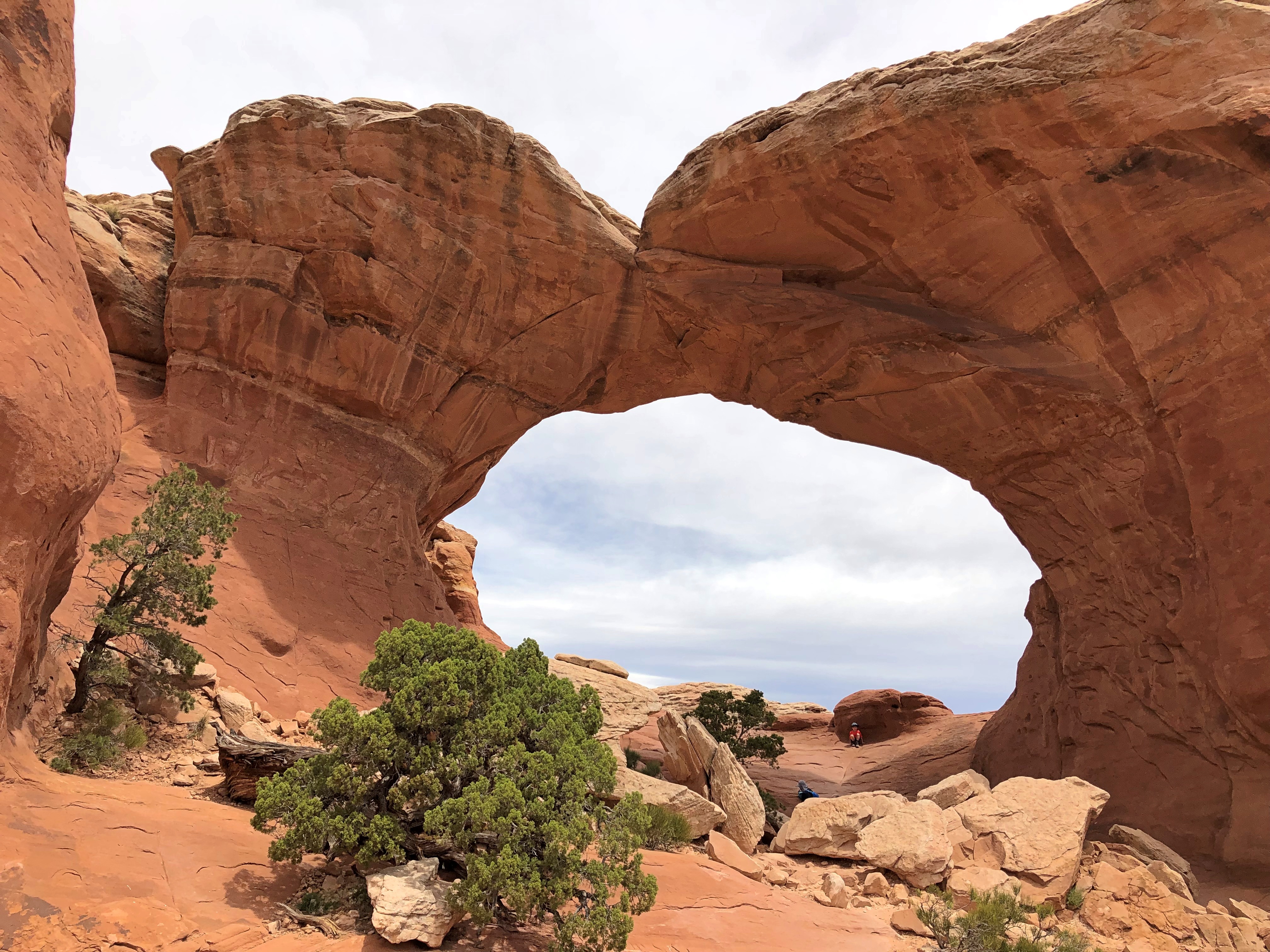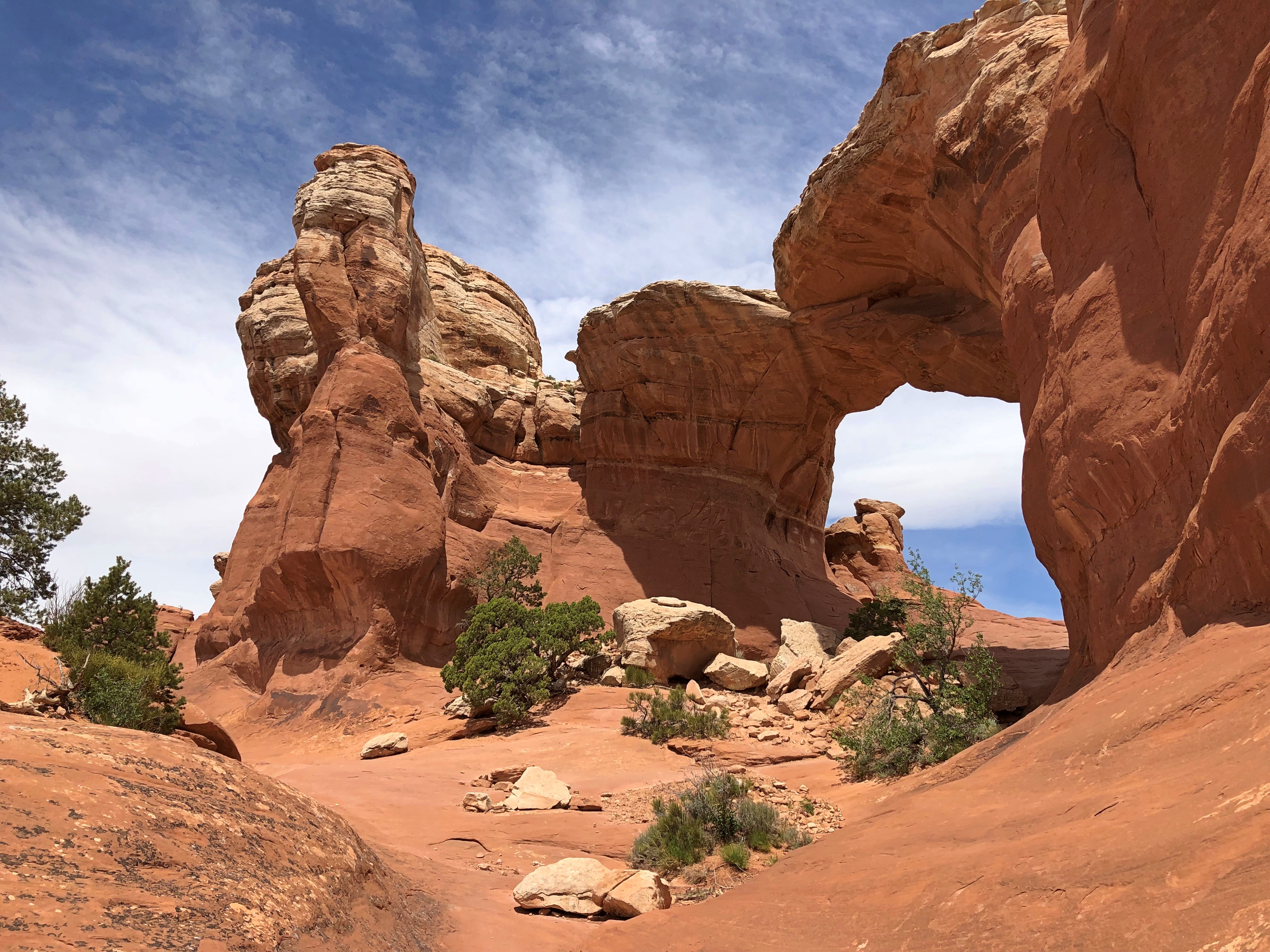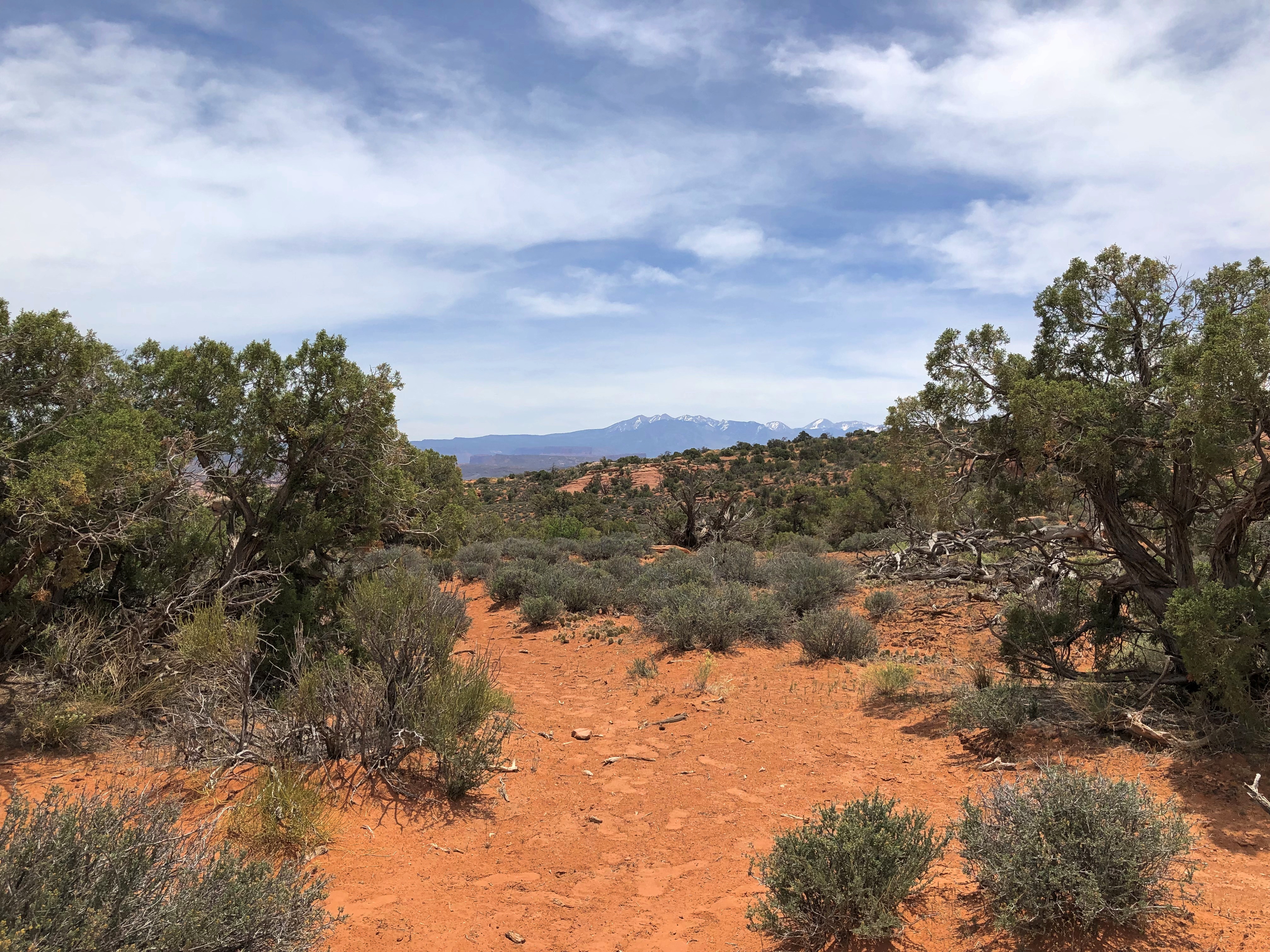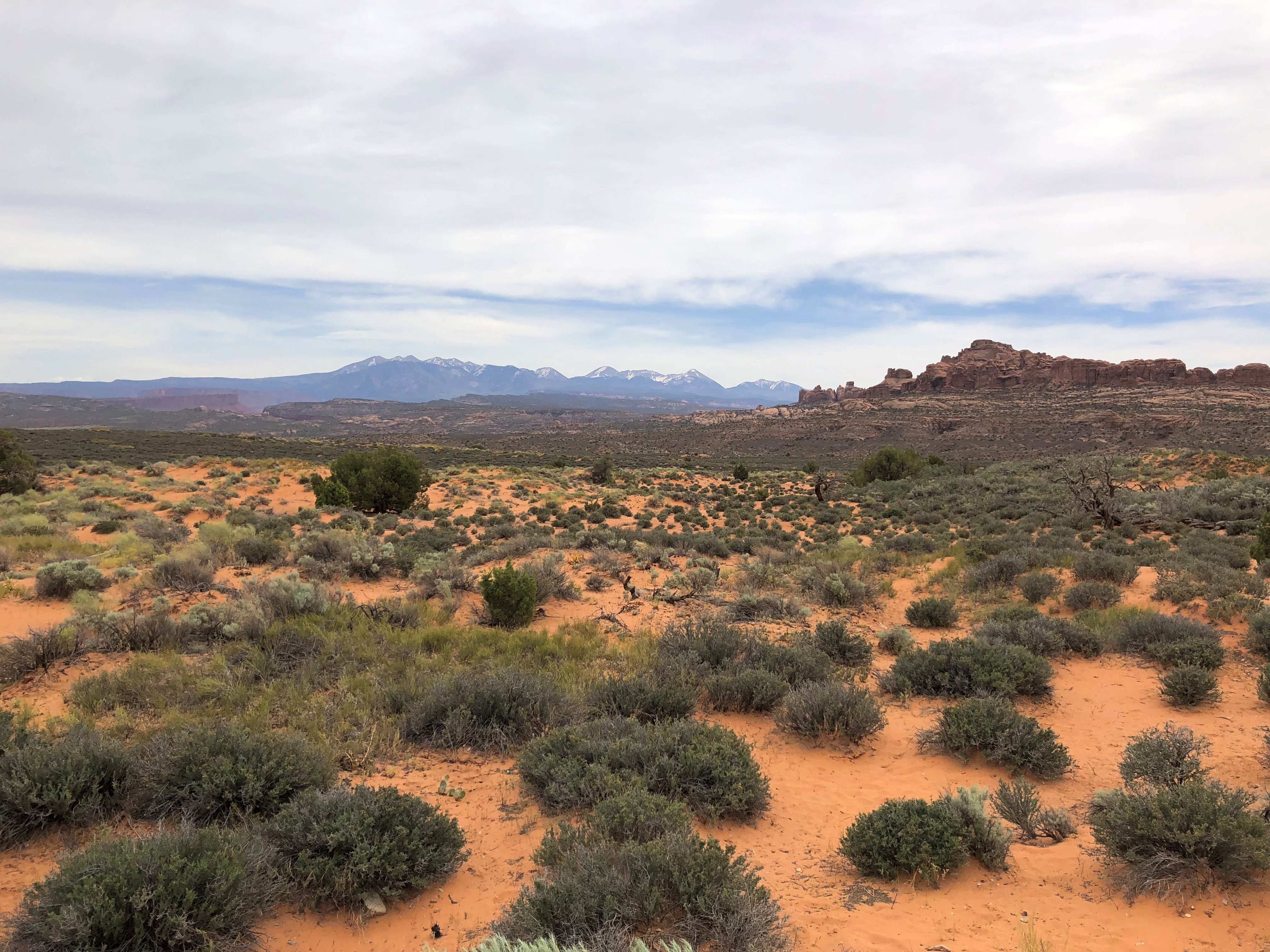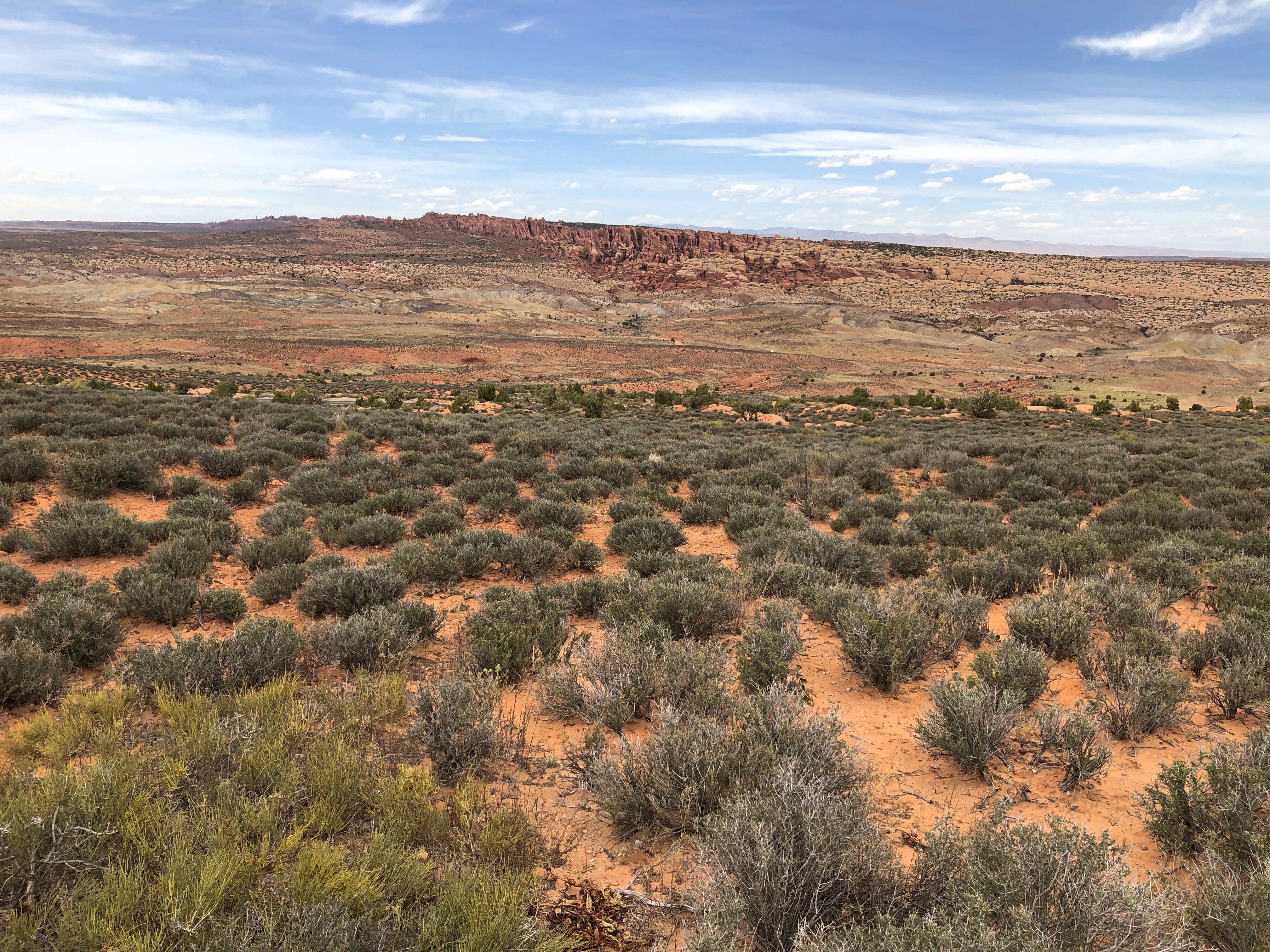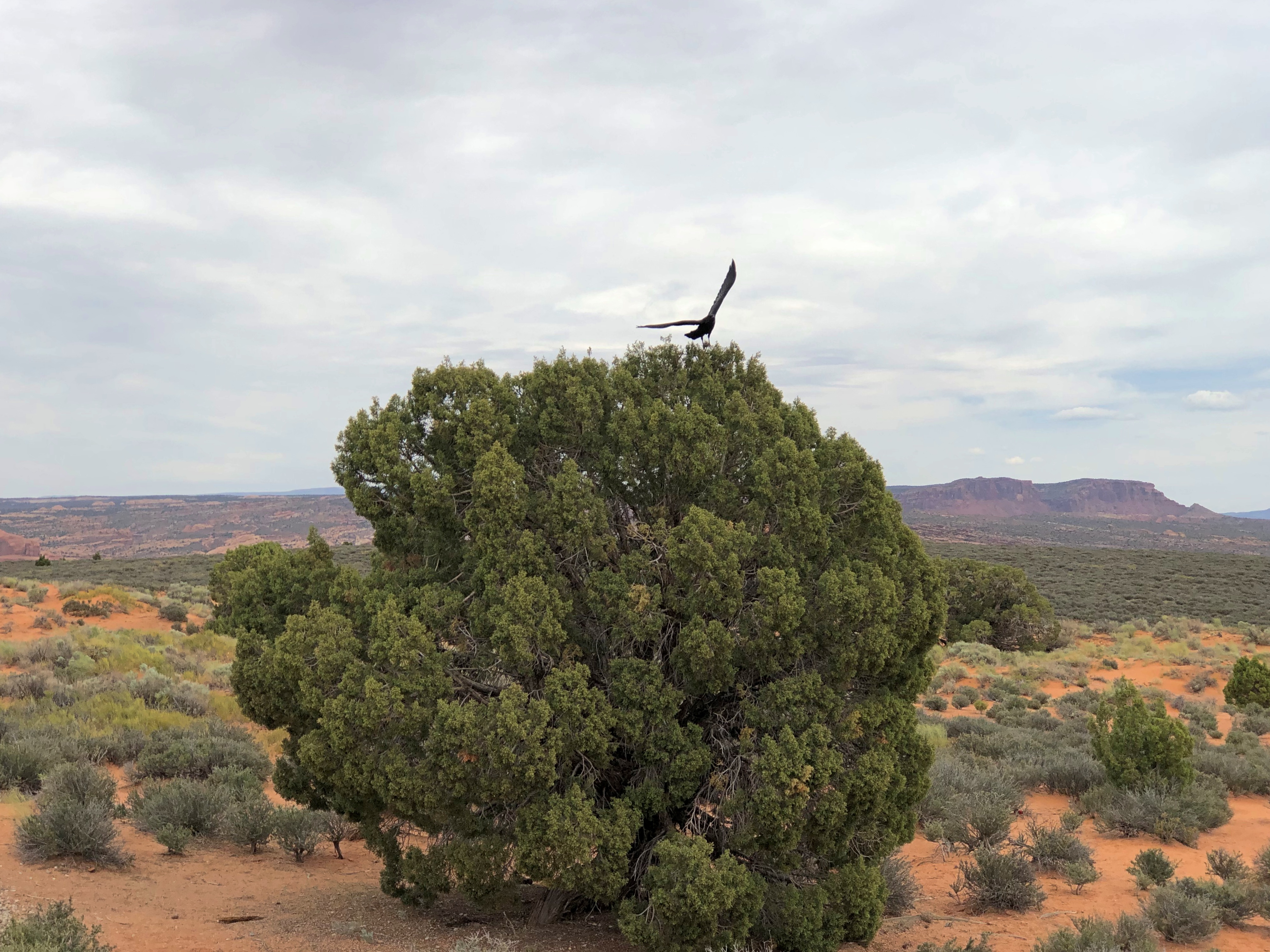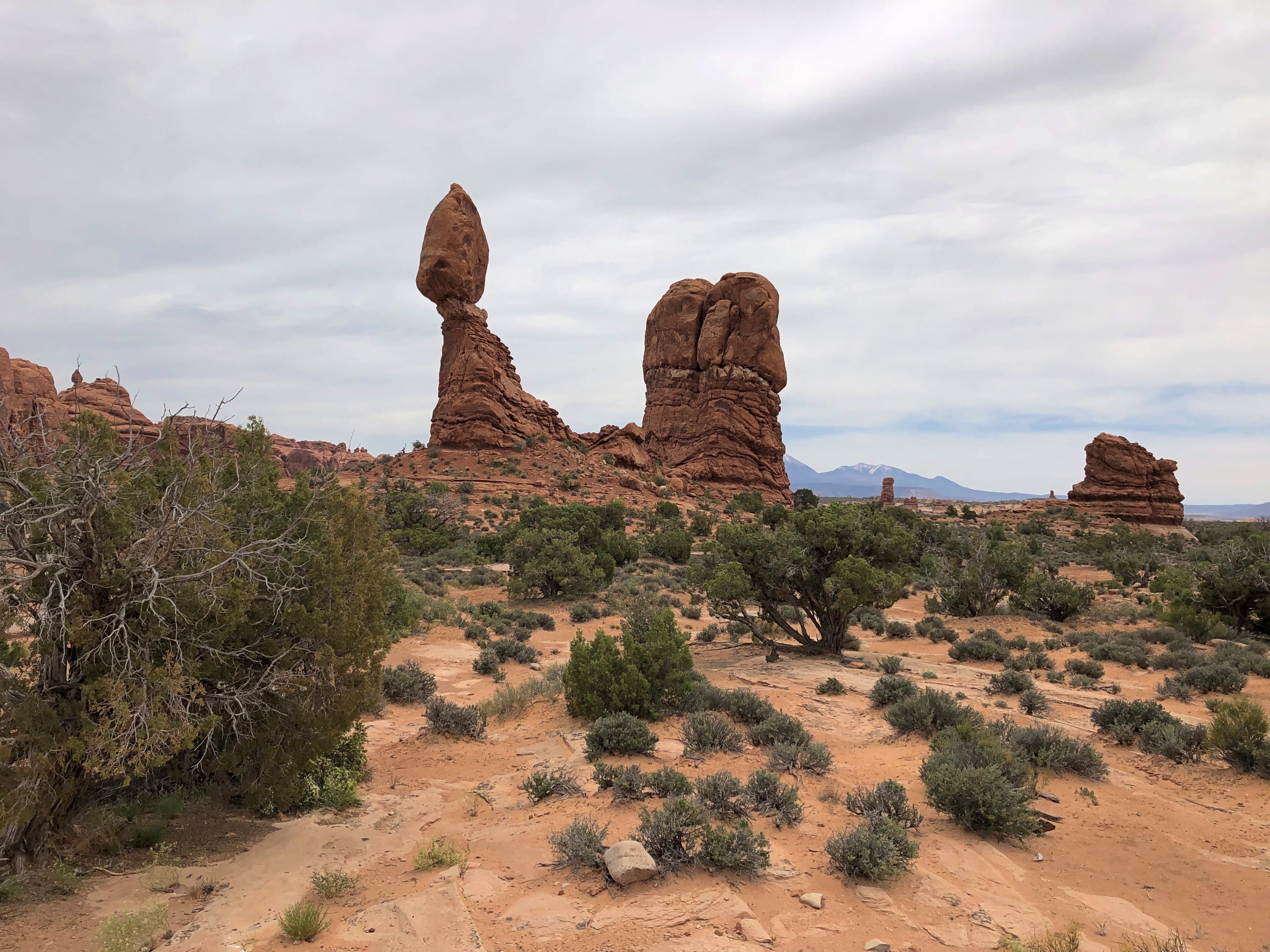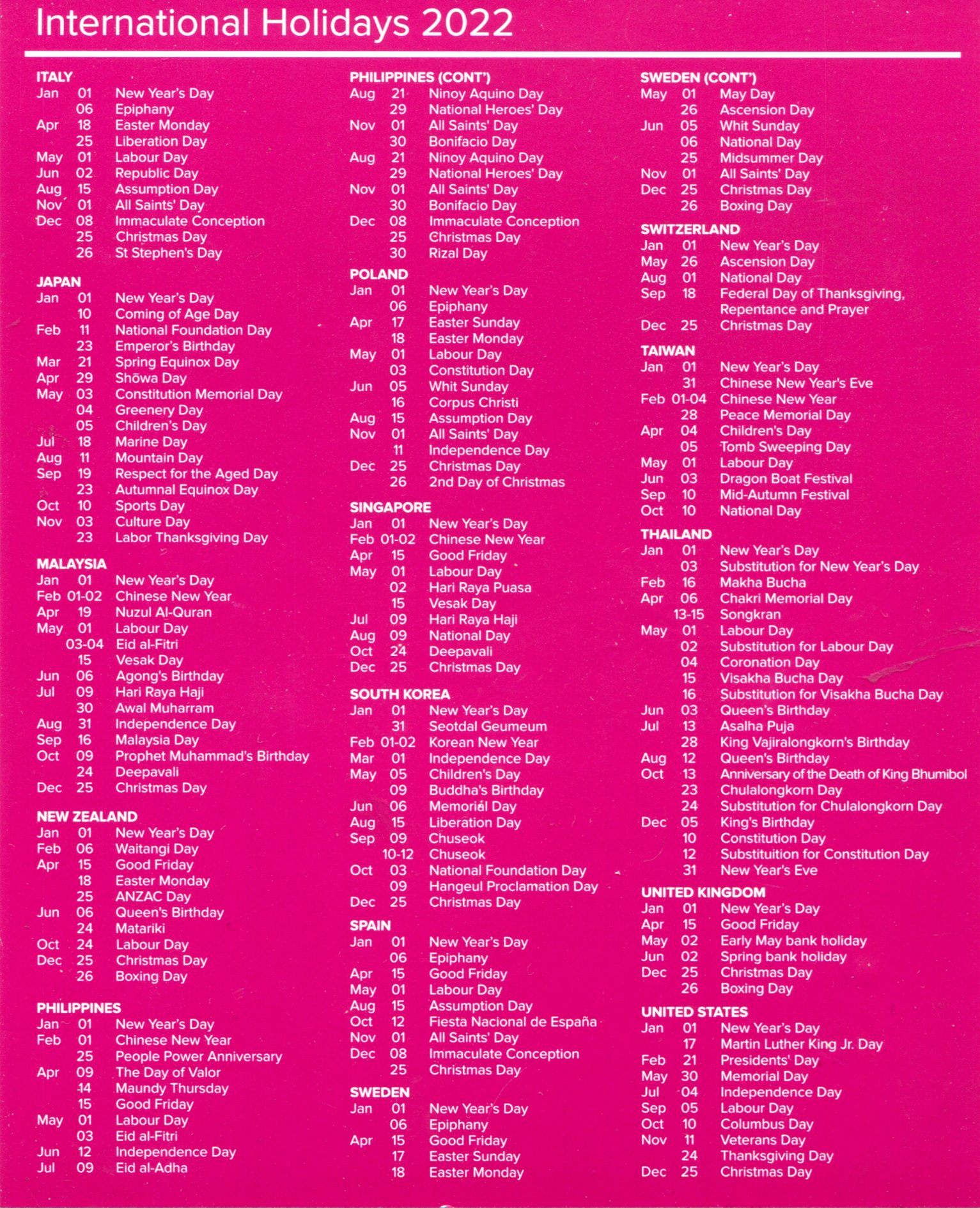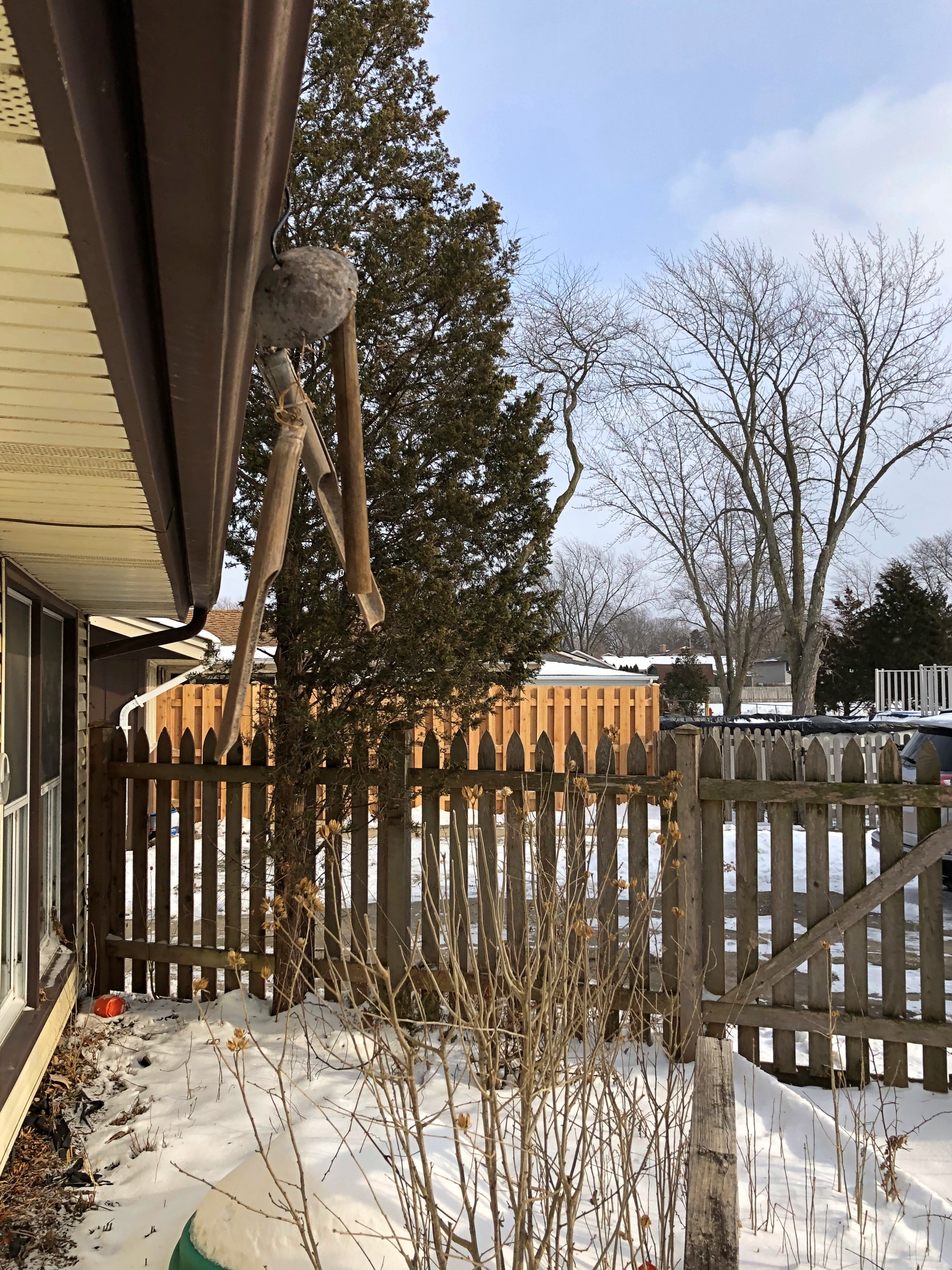After our walk in the forest on Sunday, we dropped by an antique mall that we visit occasionally, and I saw something I’d read about years earlier, but had never actually seen. And I mean many years ago – maybe as long ago as junior high in the mid-70s, when I was browsing through one of the dictionaries we had at home, as one did before the Internet. I did, anyway.
By chance one day, I happened across the term short snorter. Occasionally afterward I’d mention it to someone else, and no one had ever heard of it. But I didn’t forget. That’s the kind of obscurity worth treasuring. In more recent years, I found mention of them online.
There under glass on Sunday – which accounts for the glare – was a short snorter.
Evidently, this silver certificate began its career as a short snorter on July 11, 1944 at Crumlin, near Lough Neagh, in County Antrim, Northern Ireland.
In our time, naturally, there are web sites devoted to short snorters. Even so, I’m sure that most people still haven’t heard of them, since they seem to have faded after WWII, as lost to time time as A cards.
“A short snorter is a banknote which was signed by various persons traveling together or meeting up at different events and records who was met,” the Short Snorter Project says. “The tradition was started by bush pilots in Alaska in the 1920s and subsequently spread through the growth of military and commercial aviation. If you signed a short snorter and that person could not produce it upon request, they owed you a dollar or a drink.”
Not only was it a real thing, there are short snorters with names, as the page details, such as the General Hoyt Vandenberg Snorter, the Harry Hopkins Snorter and the Yalta Snorter, among others.
The page also claims that “short snorters come to light at coins shops and coin shows where most dealers pay very little for them as they are heavily worn and ‘not very collectible.’ ”
Tell that to the antique dealer offering the note I saw. The asking price: $95. Obscurity worth treasuring, maybe, but I wasn’t inclined to pay that much.

